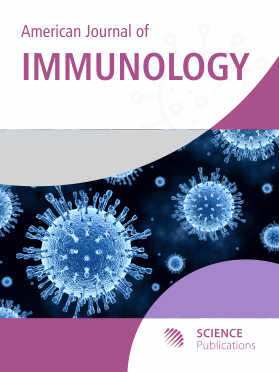Potential of HMEC-1 Line and HUVEC Primary Culture Cells to Study the Neonatal IgG Fc Receptor in vitro
- 1 Instituto Nacional de Pediatría, Mexico
- 2 Universidad Nacional Autónoma de México, Mexico
Abstract
The neonatal IgG Fc receptor (FcRn) plays an important role in IgG homeostasis and immunity passive transfer. Fine points regarding these mechanisms, however, are still emerging. In order to obtain information about these phenomena, it is essential to have in vitro models of endothelium that express this receptor. In this study we chose two widely used models of human endothelial cells: the semi-immortalized and stable cell line HMEC-1 (CDC/USA) and the Human Umbilical Vein Endothelial Cells (HUVECs) which maintain morphological, phenotypical and functional characteristics of human micro and macro-vasculature endothelia, respectively. We found that both cells express the FcRn mRNA and protein using real-time RT-PCR, flow cytometry and confocal microscopy, respectively. We detected differences in mRNA expression levels in HUVECs among individuals. The protein was found on the cell surface but also intracellularly within vesicles. This study supports the use of two cell types as models of FcRn expression, allowing either to understand or to manipulate the mechanisms in which the receptor is involved in vivo.
DOI: https://doi.org/10.3844/ajisp.2016.1.9

- 5,108 Views
- 3,811 Downloads
- 3 Citations
Download
Keywords
- FcRn
- Endothelial Cells
- HMEC-1
- HUVECs
